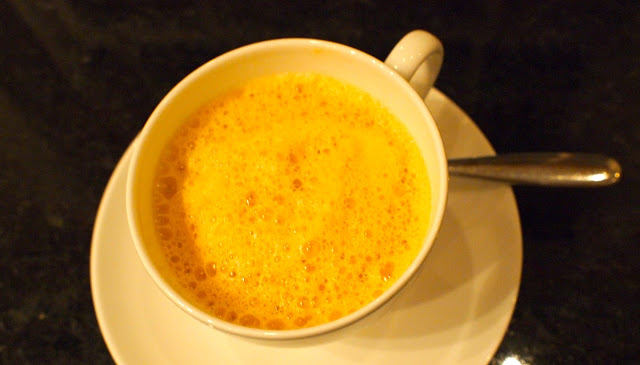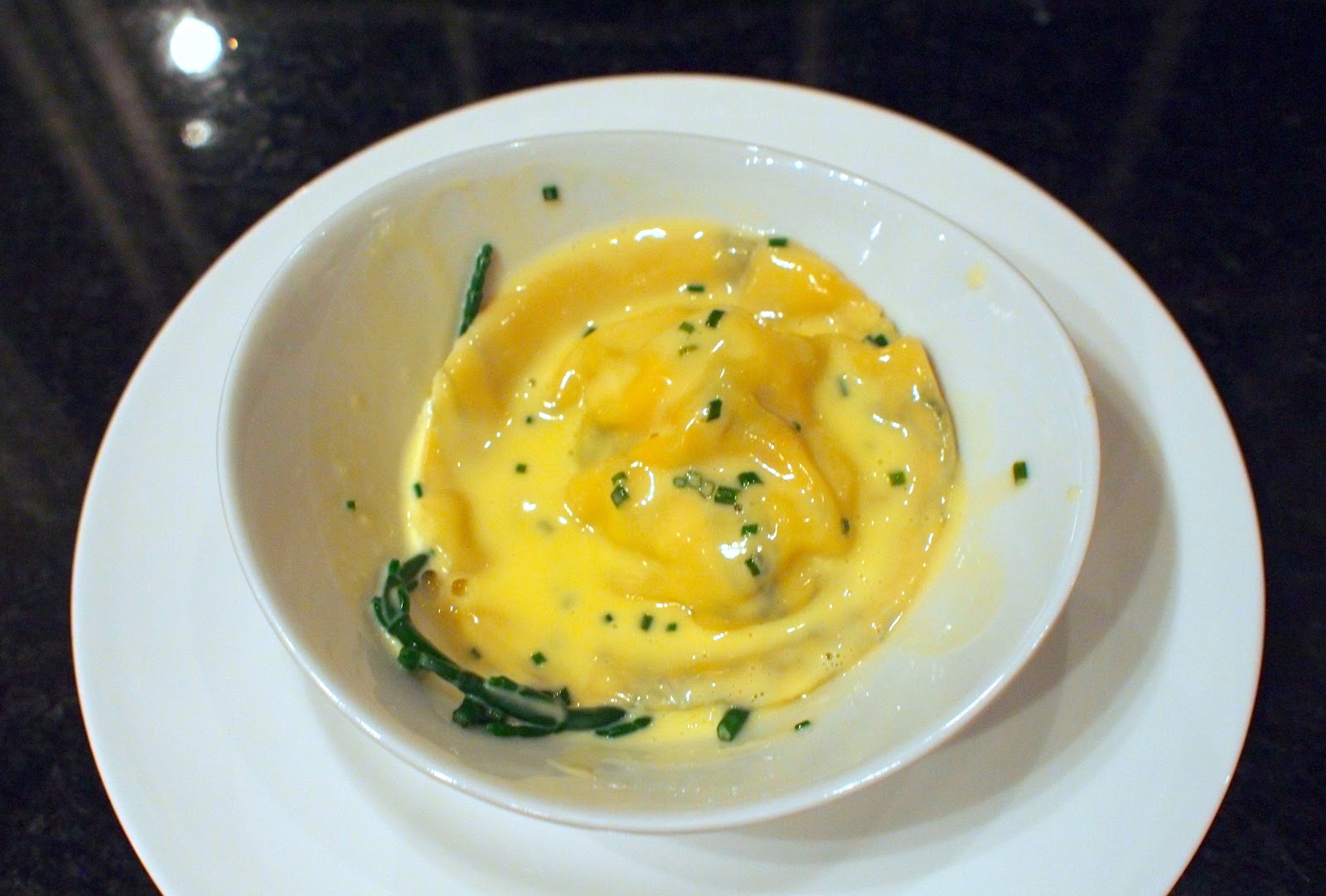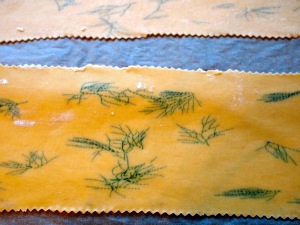Ingredients
prawn shells
splash of brandy
2 tbsp/1fl oz olive oil
½ lemon
1 onion or 2 shallots
3 cloves garlic
2 sticks celery
2 carrots
6 tomatoes
1 tsp paprika
1 bay leaf
salt and pepper
2 glasses white wine
50g/2oz tomato purée
double cream
few knobs of unsalted butter
Preparation method
- In a large saucepan, fry lobster shells and prawn shells in a little olive oil for 5 mins.
- Add splash of brandy and flambé.
- Add chopped onion or shallots, garlic, celery and carrot, and fry for a further 5 mins.
- Add chopped tomatoes, paprika, bay leaf and seasoning, and stir well. Add lemon juice, white wine, tomato purée and water to cover.
- Bring to boil and then gently simmer for 1 hour, skimming the surface periodically to remove scum.
- Pass through a fine-meshed sieve and return to saucepan and gently reduce to half the volume. Gently whisk in double cream and butter until sauce thickens, and add seasoning to taste.
 |
| Roast your lobster carcasses, then flambé them |
 |
| Boil your ‘stock’ for 40 minutes or so before straining through muslin |
 |
| Reduce your ‘stock’ down until it is thick and dark |
 |
| When ready to serve, mix with cream until you reach the desired flavour intensity |












